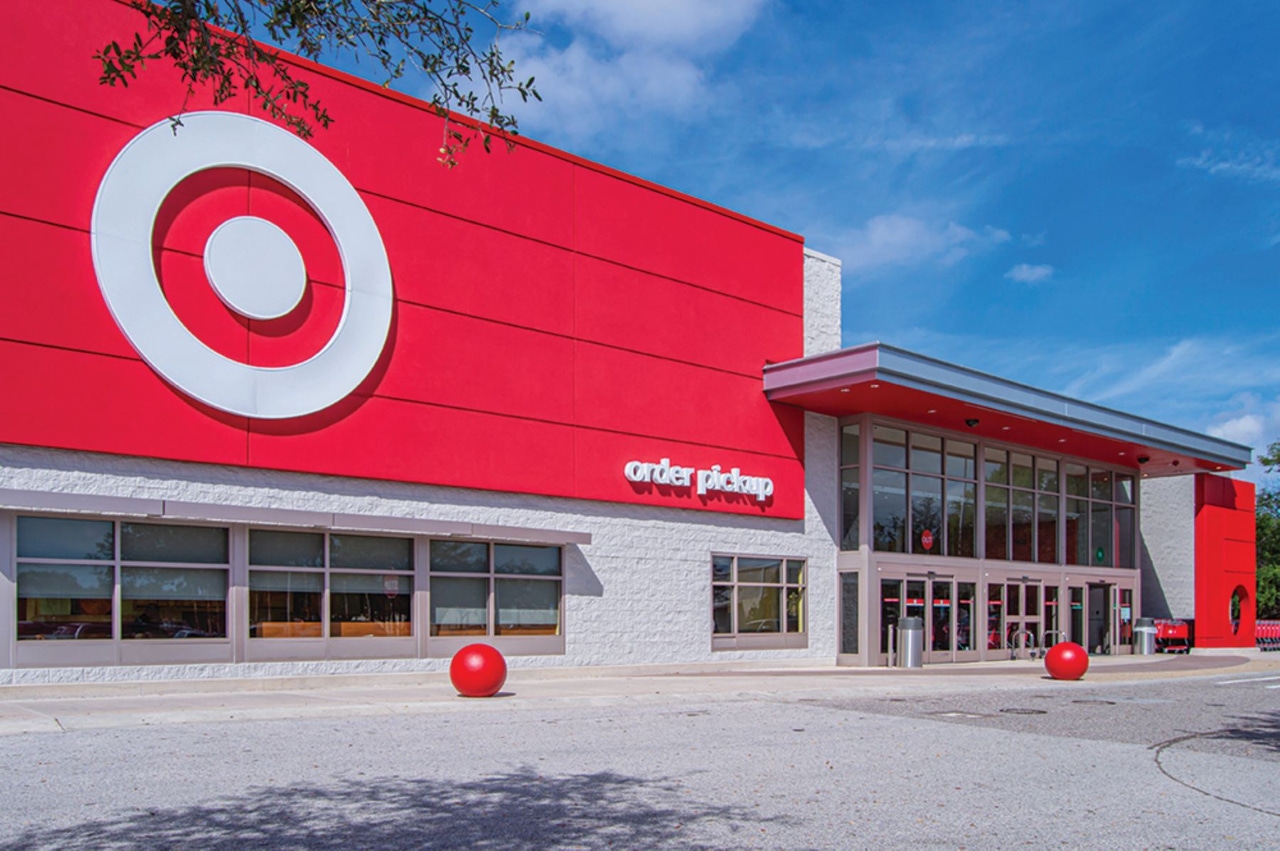Amid economic uncertainty, Target treads cautiouslyAmid economic uncertainty, Target treads cautiously
Strength in grocery helped the retailer partially make up for lackluster fourth quarter and full-year results that saw significant margin weakness.

Just as Walmart did one week ago, Target on Tuesday expressed much uncertainty about the quarter, and year, to come.
The Minneapolis-based retailer reported its fourth quarter and full-year earnings, noting that same-store sales increased just 0.7% for the quarter ended Jan. 28. That was driven by 1.9% comparable sales growth, but a notable 3.6% decline in digital sales. Same-day operations, including in-store pickup, drive up and Shipt, currently make up more than 10% of total sales and grew 4.3% during the quarter.
Operating income for Q4 dropped 44.7%, to $1.2 billion, compared to the prior year. Full-year operating income fell 57% compared to last year, to $3.8 billion.
For the first quarter and full fiscal year, though, Target said it anticipates comparable sales in a “wide range,” anywhere from a low single-digit decline to a low single-digit increase.
“We’re planning our business cautiously in the near term to ensure we remain agile and responsive to the current operating environment,” Target CEO Brian Cornell said in a statement, ahead of a planned conference call with analysts. “As we plan for the year ahead, we will continue to make robust capital investments and pursue efficiency opportunities in support of our long-term growth.”
Target’s full-year sales increased 2.8%, to $107.6 billion, over the prior year. Same-store sales increased 2.2% during the year, while traffic climbed 2.1%.
The retailer attributed its modest growth during the quarter’s “very challenging environment” to continued strength in the grocery department, which offset ongoing softness in discretionary categories.
Beauty and household essentials also delivered strong sales for the retailer, Target said.
“Looking ahead, we’re focused on executing our long-term strategy, including continued differentiation through affordability, assortment, ease and convenience,” Cornell said.
Target’s margins struggled during the quarter. The Q4 operating income margin rate was 3.7%, down from 6.8% the prior year. The gross margin rate for the quarter was 22.7%, down from 25.7% in 2021. Target blamed the declines on higher clearance and promotional markdown rates, higher net merchandise costs and increased shrink. Full-year gross margin rate was 23.6%, compared to 28.3% in 2021.
Despite those less-than-stellar numbers, Target said it expects its operating income margin rate will reach, and start to exceed, the pre-pandemic rate of 6% over the next three years—potentially as early as fiscal 2024, “depending on the speed of recovery for the economy and consumer demand.”
Target ended the quarter with 1,948 stores, an increase of 22 from a year ago.
Last week, Target announced it would invest $100 million in its next-day delivery operations, pledging to build at least six new sorting facilities around the country to boost its delivery efficiency. The sortation centers, as Target calls them, take the process of sorting orders out of store backrooms and add to the retailer’s processing capacity.
Read more about:
Target Corp.About the Author
You May Also Like





.webp?width=300&auto=webp&quality=80&disable=upscale)
